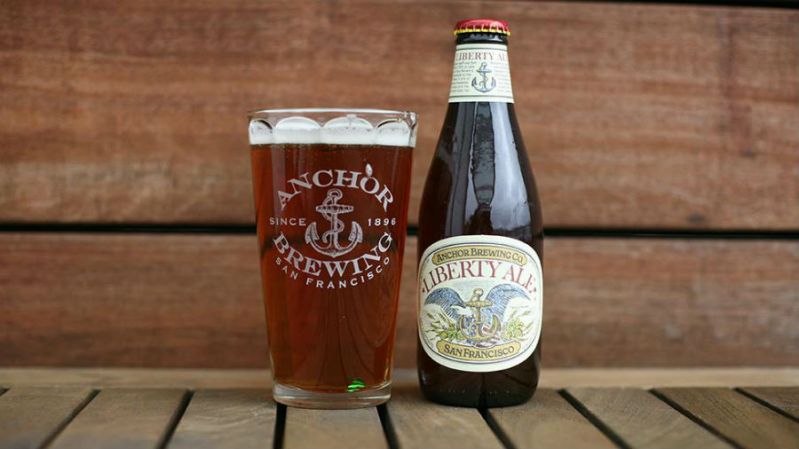
Anchor Brewing Company will soon be laid to rest. The iconic San Francisco brewery is officially closing, after 127 years in the business. The brand is behind some of the most celebrated West Coast beers, from the refreshing Anchor Steam to the perennial Christmas Ale.
Reportedly, parent company Sapporo, which took Anchor over in 2017, has no interest in continuing with the brand. The Japanese beer giant has had a tough time with Anchor since the acquisition, which could at least partly be blamed on the pandemic, which has downed so many drinks companies, bars, and restaurants.
Anchor Brewing’s origins
Anchor has a rich history and has had its share of ups and downs. The brewery shut down during Prohibition and then again in the late 1950s due to poor sales. The famed Maytag family bought Anchor in the mid-1960s and gave the label some much-needed cash. This is when Anchor started creating and dialing in the recipes for some of its best beers, like Anchor Steam.
In 1993, Anchor launched a distillery and by 2010 the brand was under new ownership again, this time via some Skyy vodka executives. The brand did fairly well, releasing some new options and competing with the crowd as the microbrewery circuit really began to surge. Anchor became not only synonymous with the Bay Area, but independent brewing in general.
Could Anchor Brewing be saved?
Anchor will be missed, should the liquidation carry out and no buyer comes to the surface. The California label concocted some truly delicious brews, from a complex barleywine called Old Foghorn to the ultimate session beer in the Anchor Small Beer (3.3% ABV). The Christmas Ale (also known as Our Special Ale) was perhaps the most celebrated every year, a tradition that began in 1975. The recipe changed annually and each release featured a new species of tree on the label.
There’s a movement underway to save the brewery, sponsored by local residents and some fellow breweries. Unionized Anchor workers have also proposed purchasing the brewery and running it as a worker co-op (and Anchor Brewing reportedly has other investors interested in acquiring the company’s assets).
We’ll see what comes of it but clearly, the brand is used to rising up from the ashes. Perhaps this is just a temporary goodbye. Whatever the case, the craft world needs brands like Anchor, stalwarts that have been fighting for generations to have good beer compete with the likes of more generic offerings.
What does this all mean for craft beer in general? It’s hard to say but the sector is still thriving, with more than 9,000 craft breweries operating in the U.S. The bigger story may be the challenge that’s presented when a bigger company like Sapporo or AB-Inbev buys a smaller brewery and tries to have that label compete on a bigger stage (with a broader consumer base that may not care about the kinds of hops in their beer).
If Anchor goes, RIP. If the iconic brand can be resurrected once again, all the better. We wish it a brighter future.
Want more beer content? Check out the best beers we’ve tasted and the best beer movies to take in while you’re sipping. And if you’re after a new style, we highly recommend a refreshing cold IPA beer. Prost!


